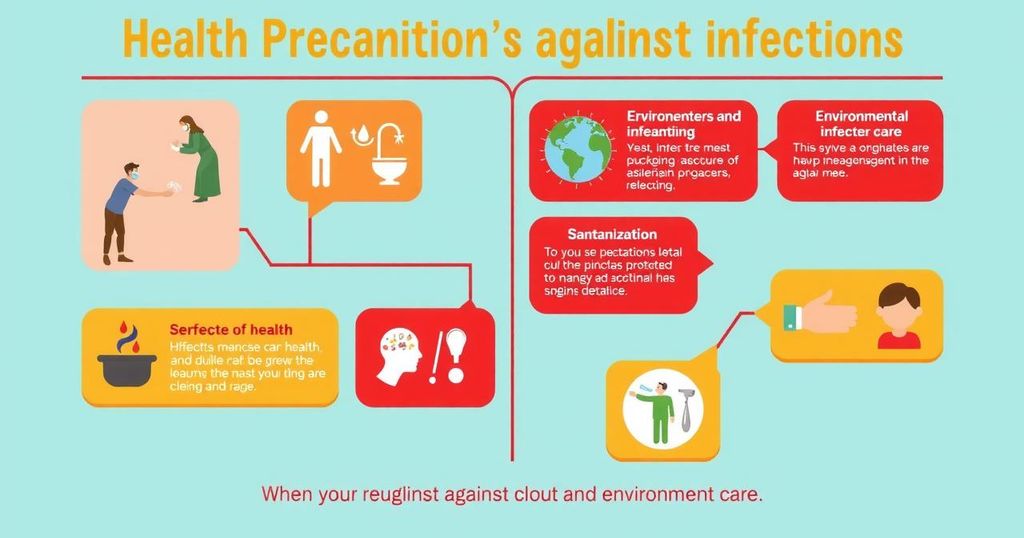Understanding Nigeria’s Lassa Fever Outbreak: Key Facts and Safety Guidelines

Lassa fever continues to pose a major health threat in Nigeria, with 100 fatalities reported in early 2025. The NCDC has recorded over 2,700 suspected cases, with key states being heavily affected. The disease is primarily transmitted through contact with infected rodents, and annual outbreaks have been attributed to several systemic challenges. Experts advocate for improved public awareness and healthcare responses to combat this endemic disease effectively.
Lassa fever presents a significant health challenge in Nigeria, with the Nigeria Centre for Disease Control (NCDC) reporting 100 deaths within the first three months of 2025. As of March 2, there were 2,728 suspected cases and 535 confirmed cases across 13 states. The states most affected include Ondo, Bauchi, Edo, and Taraba, where the case fatality rate stands at 18.7%, including the tragic loss of a 31-year-old physician.
Lassa fever is a viral hemorrhagic disease caused by the Lassa virus, first identified in Nigeria in 1969. It is primarily transmitted through contact with the Natal multimammate mouse, which is prevalent in rural areas with inadequate sanitation. Infection can occur by touching contaminated items or direct contact with infected rodents, and symptoms may escalate to severe health complications, particularly in pregnant women, according to public health experts.
Nigeria has experienced annual outbreaks of Lassa fever since 2015, attributed to limited awareness, delayed case reporting, and intervention challenges. The symptoms often mimic those of malaria and typhoid, complicating diagnosis. Although testing laboratories have increased from three to seven since 2017, significant gaps remain in responsive care.
Cases of Lassa fever tend to peak between October and May, coinciding with the dry season when rodent encounters rise. Climate change may also exacerbate this trend by prolonging dry periods. Furthermore, the spread of the virus has broadened, signaling a need for improved surveillance, environmental sanitation, and community-level education.
Experts highlight that combating Lassa fever effectively requires a comprehensive approach addressing the underlying social and economic factors. Improved food storage facilities and better sanitation measures are essential to control the disease’s endemic nature in Nigeria. Calls for declaring Lassa fever a health emergency have emerged, emphasizing the necessity for enhanced public awareness and meaningful engagement in prevention efforts.
Current measures by the NCDC include establishing an incident management system and providing protective equipment and antiviral medications such as Ribavirin to at-risk regions. To mitigate risk, the public is advised to maintain cleanliness, securely store food, eliminate rodent access to homes, and dispose of waste properly, thus significantly lowering the transmission risk of Lassa fever.
In conclusion, the ongoing Lassa fever outbreak in Nigeria is a critical public health concern, marked by rising case counts and fatalities. Effective management requires a multifaceted strategy that involves improving health education, community participation, and infrastructural support. The NCDC’s initiatives and public adherence to preventive measures will play vital roles in curbing the disease’s spread and safeguarding health outcomes across affected regions.
Original Source: africacheck.org







